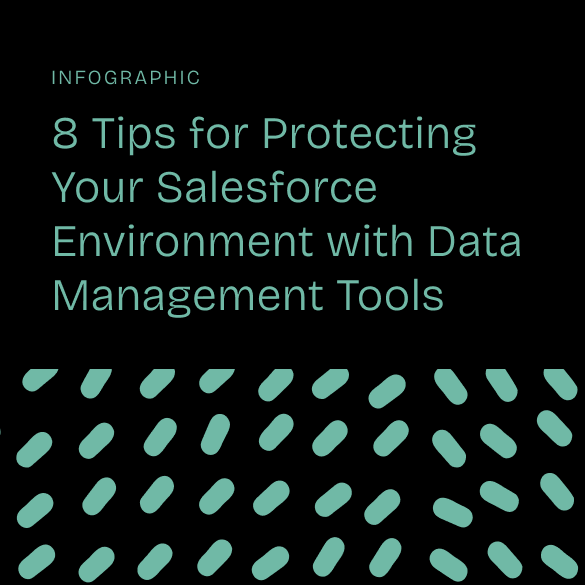
infographics
8 Tips for Protecting Your Salesforce Environment with Data Management Tools
Salesforce data management tools are a crucial aspect of maintaining a healthy DevOps environment and securing your platform.
Here are eight tips for leveraging Salesforce data management tools to ensure secure DevOps processes.